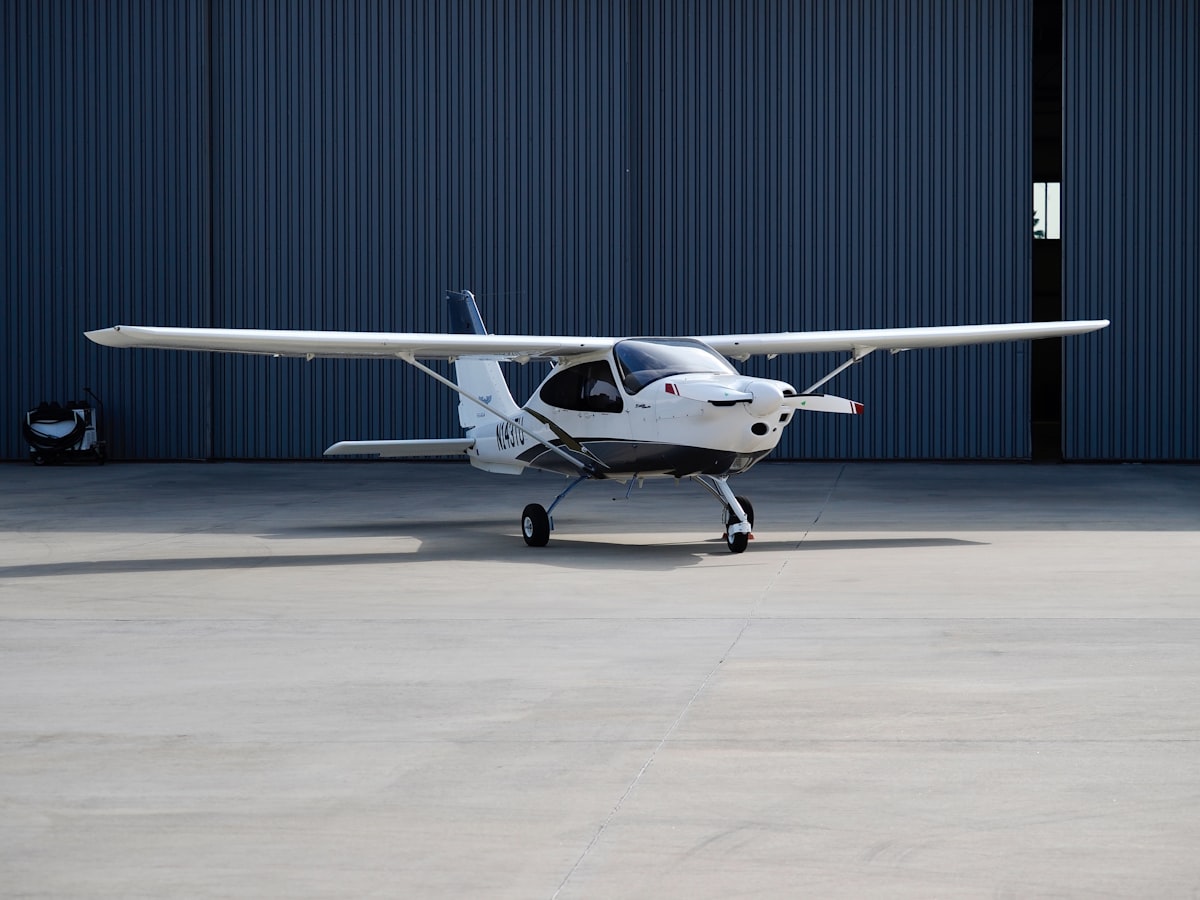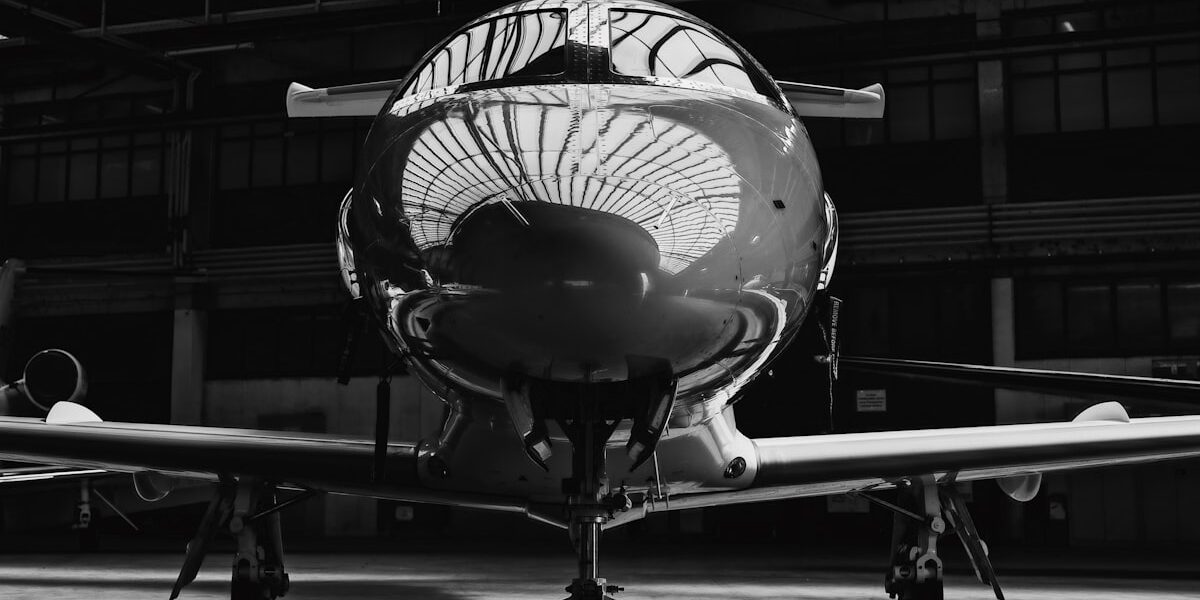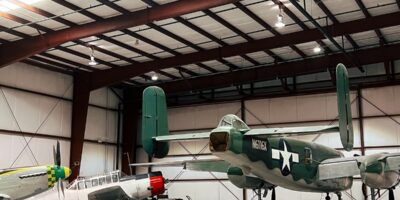The Role of Hangars in Aviation Safety
Aviation safety is a top priority in the industry. Hangars play a crucial role. They protect aircraft from weather. This reduces wear and tear. Regular maintenance happens inside hangars. This ensures aircraft are flight-ready.
Protection from Weather

Hangars shield aircraft from harsh elements. Weather can be unpredictable. Rain, snow, and hail can cause damage. UV rays degrade aircraft materials. Hangars provide a controlled environment. This lessens the impact of weather. It extends aircraft lifespan. Corrosion is minimized. This is important for both safety and cost efficiency.
Regular Maintenance
Maintenance is key to aviation safety. Hangars provide a space for this. Inspections and repairs are performed in hangars. Technicians need a clean and controlled environment. Hangars have specialized equipment. They also contain maintenance tools. This makes repair work efficient.
Inspections
Routine inspections catch potential problems. These inspections are more accurate in a hangar. Lighting is better, and conditions are controlled. This allows for detailed checks. Hangars enable thorough inspections.
Repairs
Repairs are often complex. Hangars accommodate these needs. Ample space is available. Heavy machinery can be used. Safety protocols are strictly followed. This reduces the risk of accidents during repairs.
Storage of Parts
Hangars often contain storage spaces. Spare parts are easily accessible. This speeds up maintenance work. Technicians don’t waste time looking for parts. Proper storage reduces the risk of parts being damaged or lost.
Enhanced Security
Aircraft are valuable assets. Secure hangars protect them from theft and vandalism. Restricted access to hangars adds a layer of safety. Security cameras and personnel monitor hangars. This ensures the aircraft’s physical integrity. It also protects sensitive equipment onboard.
Environmental Control
Hangars offer climate control. This is vital for both aircraft and personnel. Humidity and temperature can affect materials and instruments. Controlled environments minimize these risks. Personnel work more efficiently in stable conditions. Precision tools and materials are stored safely.
Humidity Control
High humidity leads to corrosion. Aircraft materials can degrade quickly. Hangars with humidity control prevent this. This prolongs the aircraft’s operational life. Safety standards are maintained.
Temperature Control
Fluctuating temperatures can damage components. Hangars with temperature control systems reduce this risk. Consistency in temperature preserves the integrity of materials. This is especially important for composite materials.
Training and Development
Hangars are often used for training. Technicians, pilots, and engineers receive hands-on experience. This training happens in a controlled environment. It is safer and more effective. Real-world scenarios can be simulated. This prepares personnel for actual conditions.
Equipment Calibration
Precision is essential in aviation. Hangars house calibration equipment. Instruments are regularly calibrated. This ensures accuracy and reliability. Technicians can perform these tasks without interference. Properly calibrated tools contribute to overall aviation safety.
Documentation and Record-Keeping
Hangars often function as administrative centers. Maintenance logs and inspection records are kept here. These records are crucial for tracking an aircraft’s history. Documentation ensures compliance with safety regulations. It makes audits and inspections smoother.
Customization and Upgrades
Aircraft often need customization. Hangars provide a space for modifications. Upgrading avionics or interiors happens here. Technicians can work efficiently. Upgrades are performed according to safety standards. This enhances the aircraft’s performance and safety.
Research and Development
Hangars also host R&D activities. Innovations in aviation technology are tested. New materials and methods are tried. This is done in a controlled and safe environment. Hangars facilitate progress in aviation safety. They allow testing without risking operational aircraft.
Prototyping
Prototypes of new designs are built in hangars. This includes everything from small components to full aircraft. Testing these prototypes is critical. Hangars provide the space and resources needed. This ensures new designs are safe before they are widely implemented.
Testing New Technologies
New technologies are continually developed. Hangars provide the perfect environment for rigorous testing. This includes avionics, propulsion systems, and materials. Controlled conditions ensure accurate results. Problems are identified and fixed before deployment.
Support for Emergency Services
Hangars play a role in emergency readiness. Aircraft used for rescue operations are maintained in hangars. They must be ready at a moment’s notice. Hangars ensure these aircraft are kept in optimal condition. They provide space for emergency equipment and supplies.
Operational Efficiency
Efficiency is a byproduct of good infrastructure. Hangars contribute to streamlined operations. They house essential resources in one place. This reduces downtime for maintenance and repairs. An efficient operation supports overall safety.
Noise Reduction
Hangars help reduce noise pollution. Aircraft maintenance can be loud. Enclosing these activities in hangars contains noise. This benefits the surrounding community. It also provides a better working environment for technicians.
Community Relations
Reducing noise helps maintain good relations with the local community. Airports and hangar facilities are often near populated areas. Effective noise management demonstrates responsible operations. This supports the overall sustainability of aviation activities.
“`
Recommended Aviation Resources
Pilots Handbook of Aeronautical Knowledge – $25.42
Essential FAA handbook for every pilot.
Aircraft Owners Handbook of Maintenance
Keep your aircraft in top condition.
As an Amazon Associate, we earn from qualifying purchases.




Subscribe for Updates
Get the latest articles delivered to your inbox.
We respect your privacy. Unsubscribe anytime.